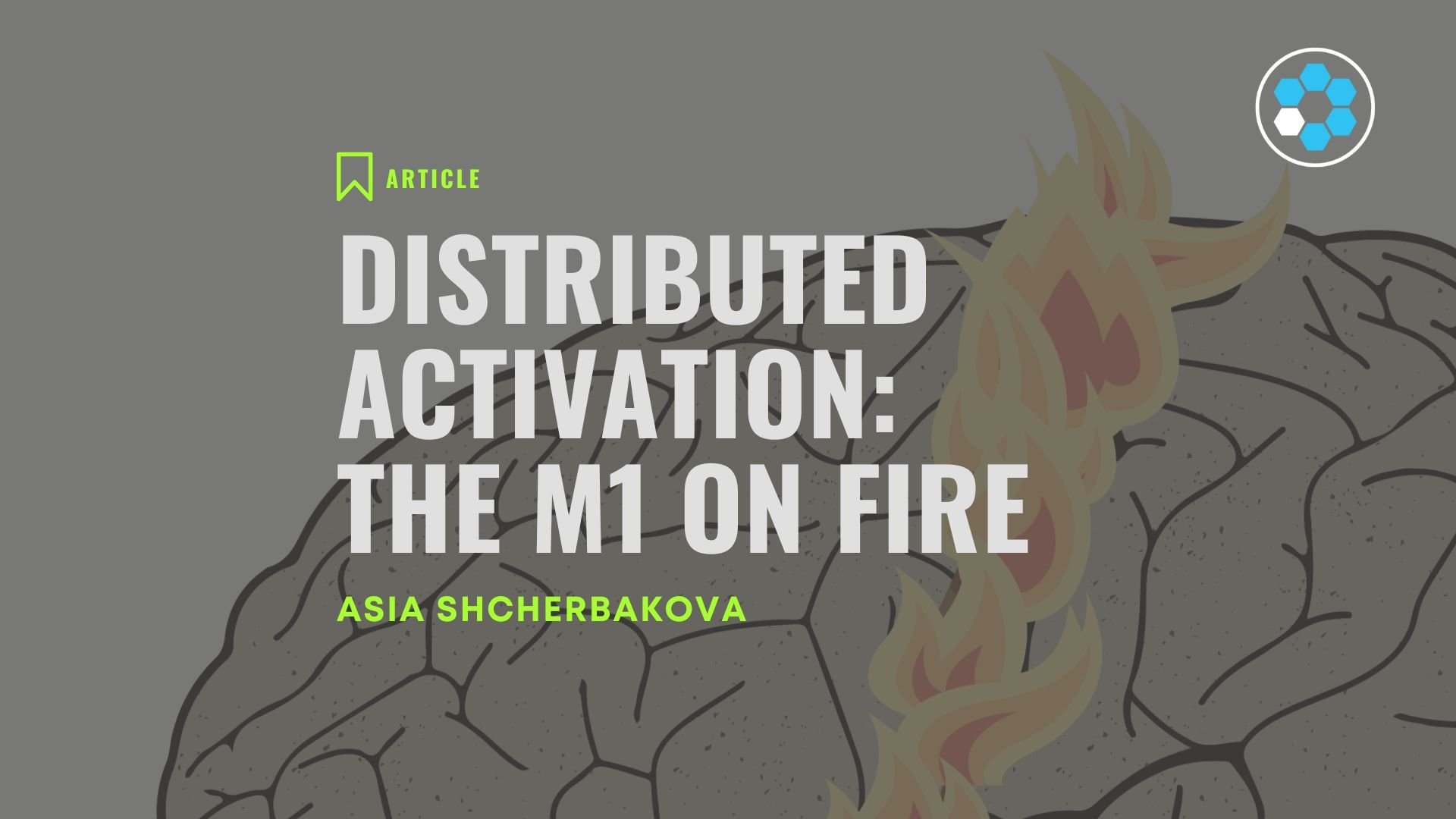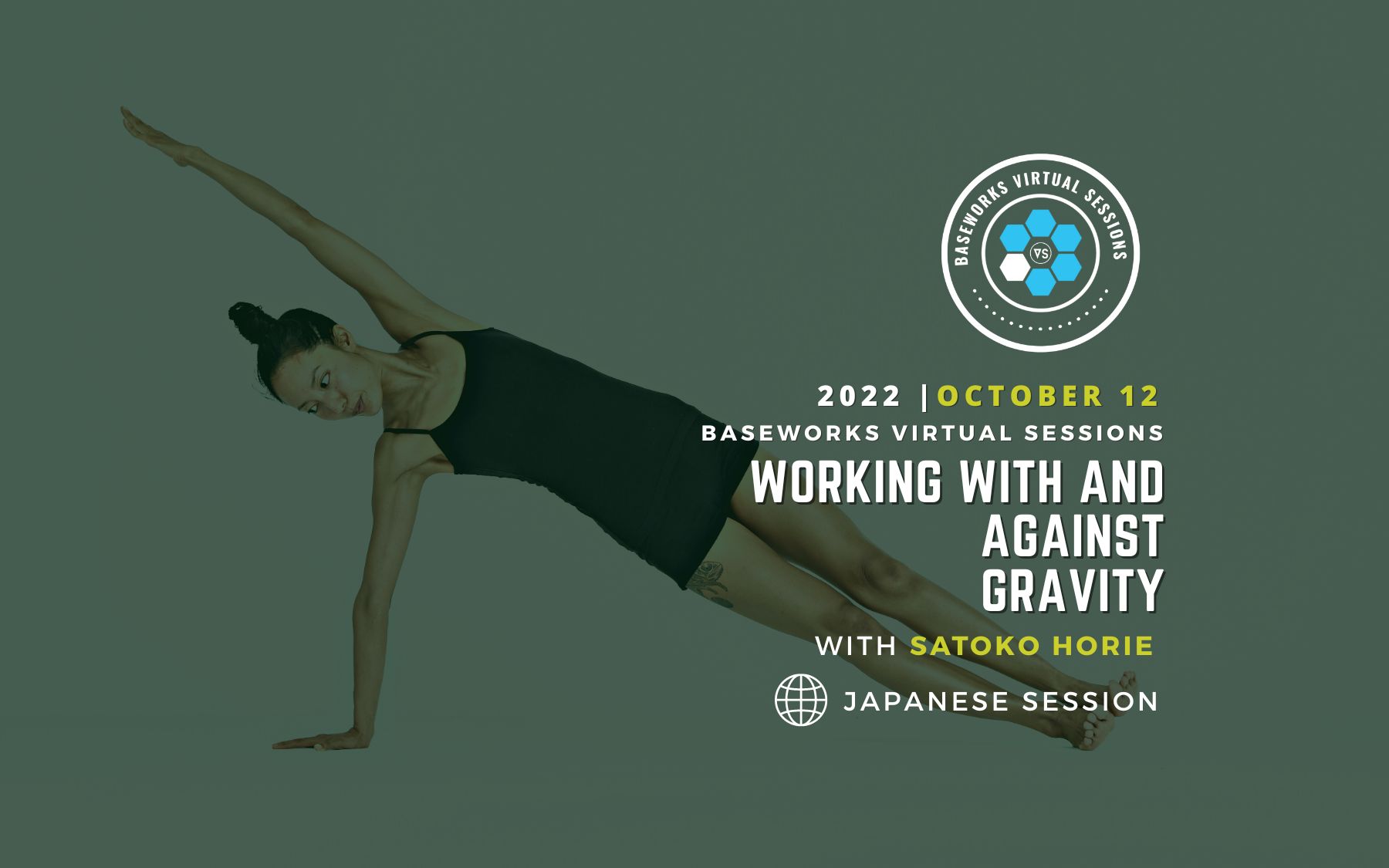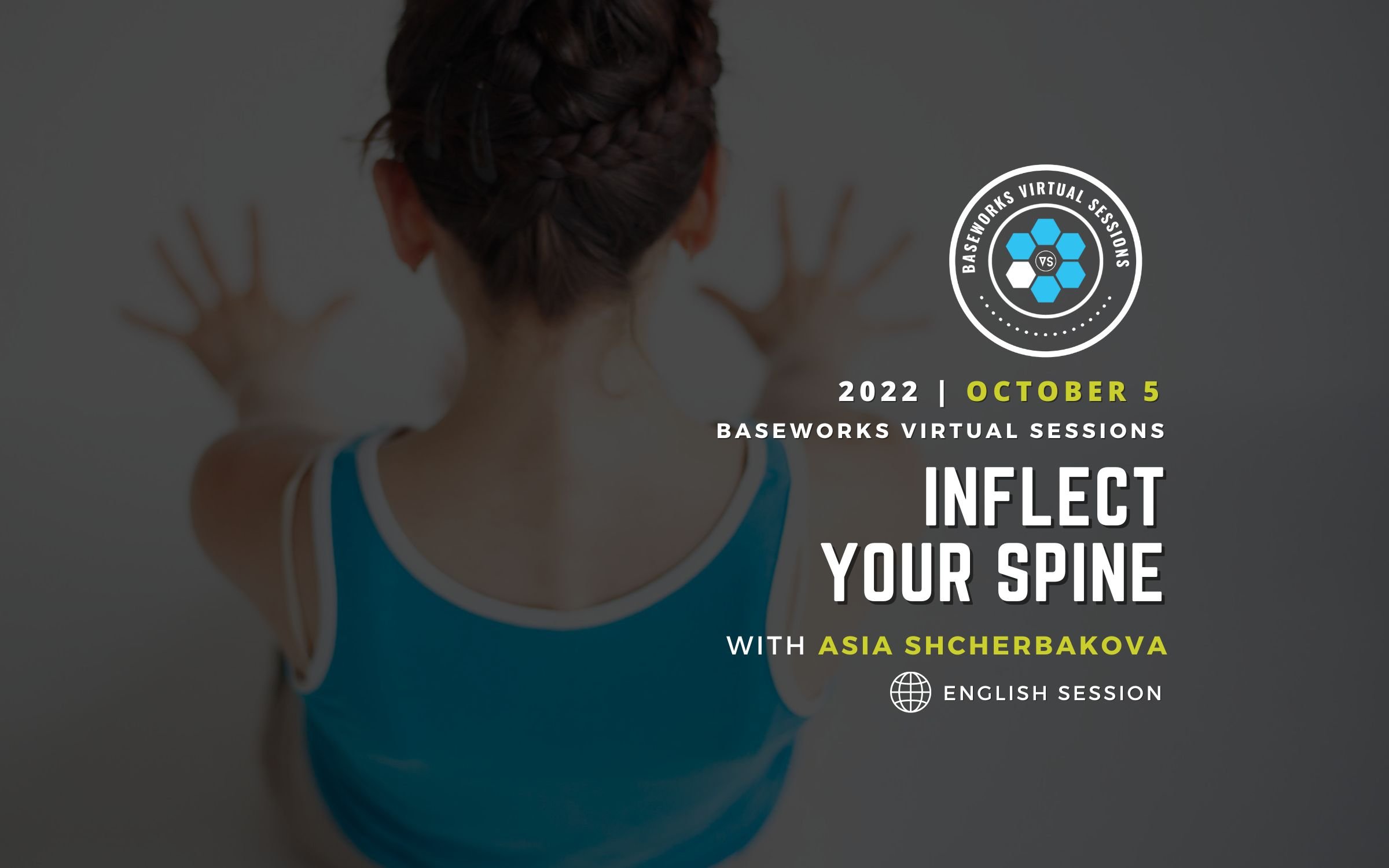
Attainable Steps For Building Strength
This VS will focus on the Baseworks Distributed Activation principle for how to holistically approach strength-specific fitness goals.

This VS will focus on the Baseworks Distributed Activation principle for how to holistically approach strength-specific fitness goals.

This article is about a common misconception that the brain contains a “motor map” of our muscles in the sense in which we normally understand when we think about maps (one-to-one representation). It further explains the term “distributed activation” in movement research and then compares it with the Baseworks Distributed Activation.

This VS utilizes the Baseworks Sense, Control, Adapt framework to explore the idea of looking at the reality of ever-changing physical and environmental circumstances, the concept of struggle, and the cultivation of perception as integral components of physical development.

In this VS, we will bring awareness to how the gravitational force works on us and how to best move in relation to it. We will start by selecting specific forms/movements that work in relation to different gravitational pulls to familiarize ourselves with this idea. Based on this, we will explore…..

In Linguistics, inflection is a change in the form of a word (typically the ending) to express a grammatical function (such as gender, number, person, or tense). In this VS, we will break down the INFLECT syntax to better….

This VS will cover some of the more refined practice applications that relate to developing a compounded understanding of the movement tasks and how they directly affect sustaining and informing the outcome.

In this VS, we will break down the concept of gridlines in Baseworks and break down forms/movements by seeing aspects of Symmetry as well as Asymmetry in each form/movement

In this VS, we will first look at the “movement goal preconceptions” that we hold about daily movements. We will also discuss how these preconceptions may set us up for chronic injuries or prevent effective relearning.

This VS will show how to use the Distributed Activation and Micromovements techniques to achieve deep relaxation.

In this VS, we dig into the concept of Connecting Strategy and uncover ways in which one can effectively and efficiently move better during one’s practice, both for the practice of Baseworks itself, as well as any other movement modalities.
JOIN OUR READERS
Meaningful content, learning insights and educational promotions – direct to your inbox
By subscribing to this newsletter you agree to our terms of service.
No products in the cart.